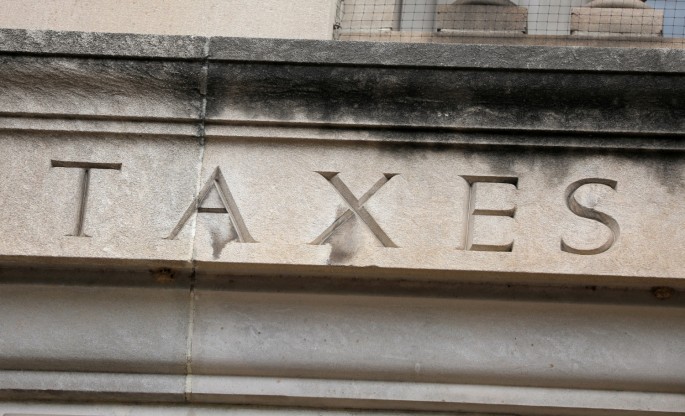Senior Democrats in Congress have agreed to raise their proposed tax reporting threshold for bank account inflows and outflows to $10,000 a year, with exemptions for wage income, from an earlier proposal of $600 that drew criticism for being too intrusive.
U.S. Senate Finance Committee Chairman Ron Wyden on Tuesday said the new $10,000 Internal Revenue Service reporting threshold, to be included in Democrats' sweeping "reconciliation" social spending and tax hike legislation, was chosen after consultations with the U.S. Treasury because it is a level frequently used in other bank reporting requirements.
These include requirements for banks to report daily aggregate cash transactions of $10,000 or more under anti-money laundering rules.
Democrats' initial proposal for banks to report inflows or outflows of bank accounts of more than $600 annually drew sharp criticism from Republicans for targeting tiny transactions and opposition https://www.reuters.com/business/finance/us-banking-lobby-groups-oppose-proposed-tax-reporting-law-2021-09-17 from banking and other lobbying groups who charged it would raise financial privacy concerns.
The proposal does not identify individual transactions, but gross annual inflows or outflows to help the IRS identify where wealthy taxpayers who do not rely on regular "W2" wage income may be hiding opaque source of business or investment income.
Wyden and Senator Elizabeth Warren said the revised proposal would exclude W2 wage income from the inflows and outflows data reporting requirement. Many Americans have their paychecks automatically deposited into their bank accounts.
Wyden said the revised proposal would potentially raise "hundreds of billions of dollars" by catching tax evaders, but declined to provide a specific estimate.
"This is about wealthy business owners at the tippy top of the top. That's where the unpaid taxes are," he told reporters on a conference call.
'TAX GAP'
U.S. Treasury Secretary Janet Yellen on Tuesday endorsed the proposal, saying it would make it harder for wealthy Americans to hide sources of income from taxation, allowing the IRS to target them for audits.
The Treasury estimates that the cost of tax evasion among the top 1% of taxpayers exceeds $160 billion annually, part of a "tax gap" between taxes owed and those collected estimated at more than $7 trillion over a decade.
"Today's new proposal reflects the Administration's strong belief that we should zero in on those at the top of the income scale who don't pay the taxes they owe, while protecting American workers by setting the bank account threshold at $10,000 and providing an exemption for wage earners like teachers and firefighters," Yellen said in a statement.
In a new statement on tax compliance proposals https://home.treasury.gov/news/press-releases/jy0415, the Treasury said financial accounts with money flowing in and out that totals less than $10,000 annually are not subject to any additional reporting.
"Further, when computing this threshold, the new, tailored proposal carves out wage and salary earners and federal program beneficiaries, such that only those accruing other forms of income in opaque ways are a part of the reporting regime," the Treasury said.
The department also said that financial services firms could report the total aggregate inflows and outflows from accounts rounded to the nearest $1,000 to further protect data privacy.



























